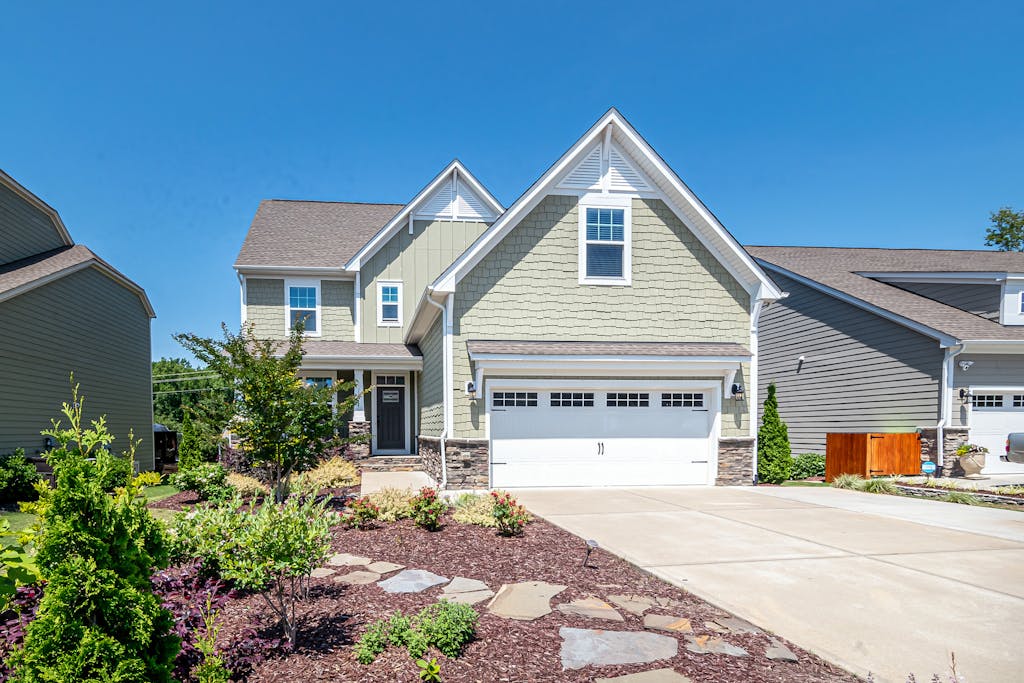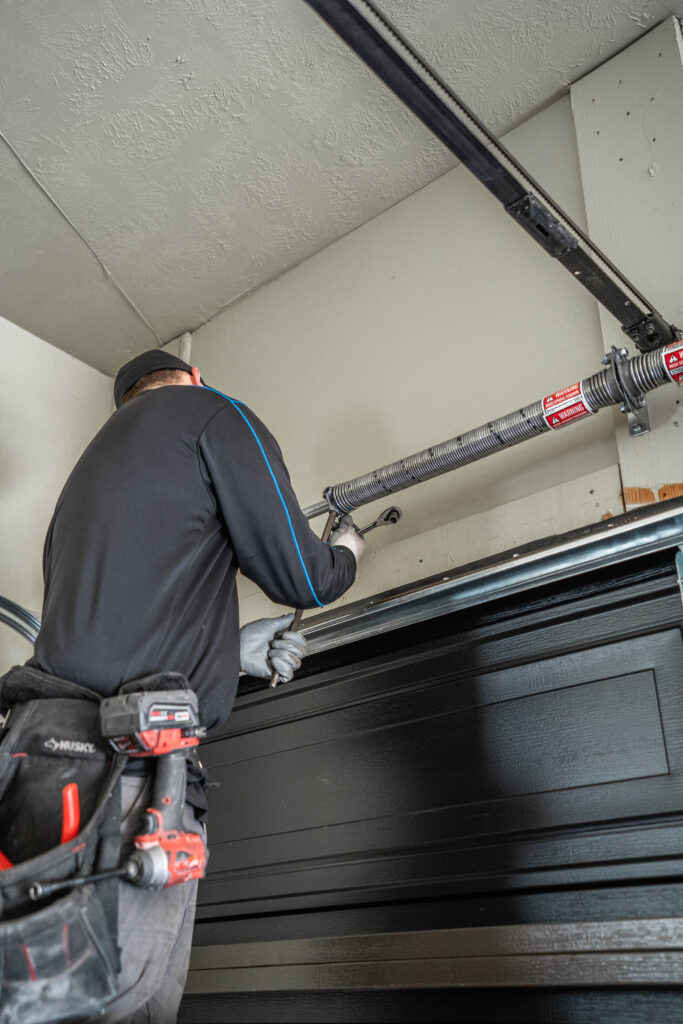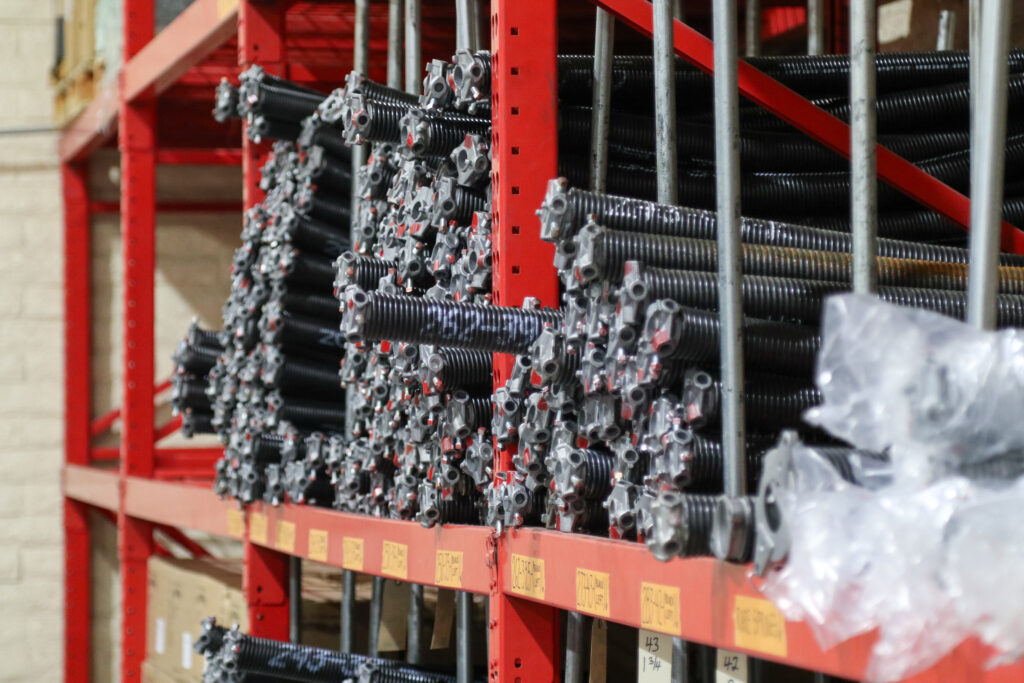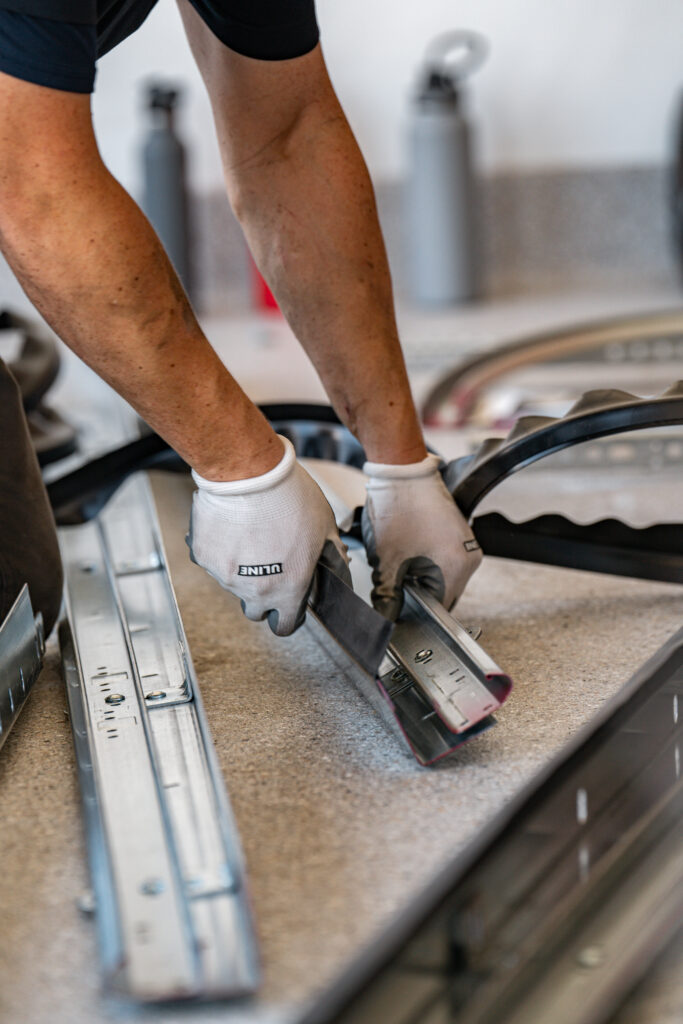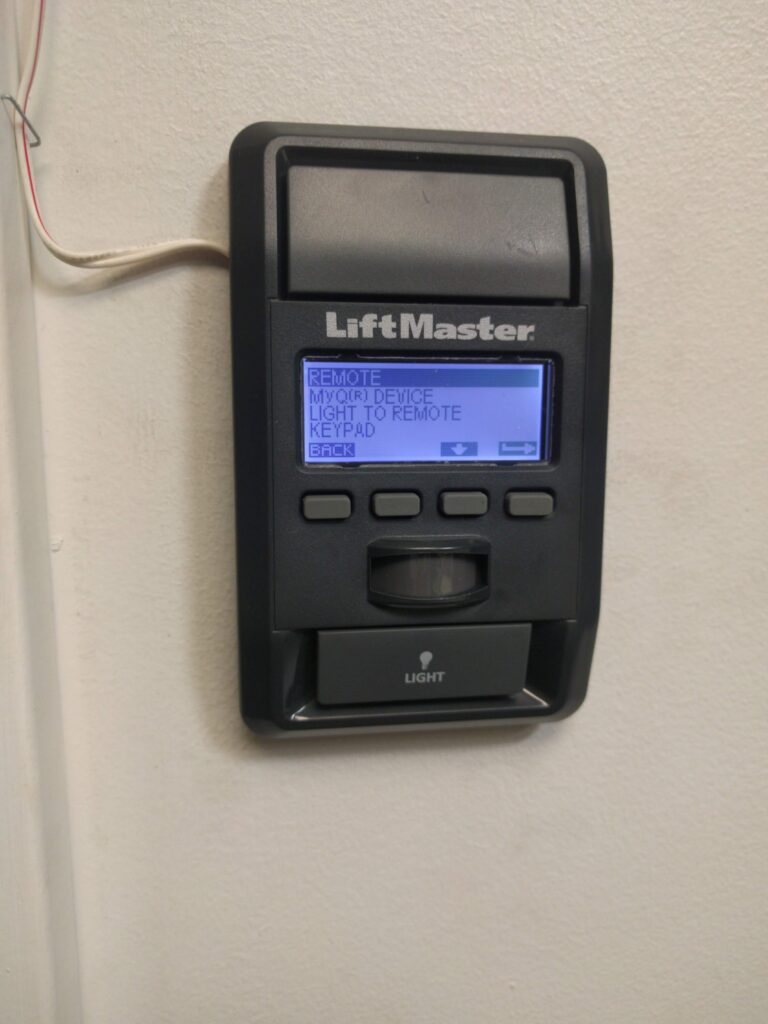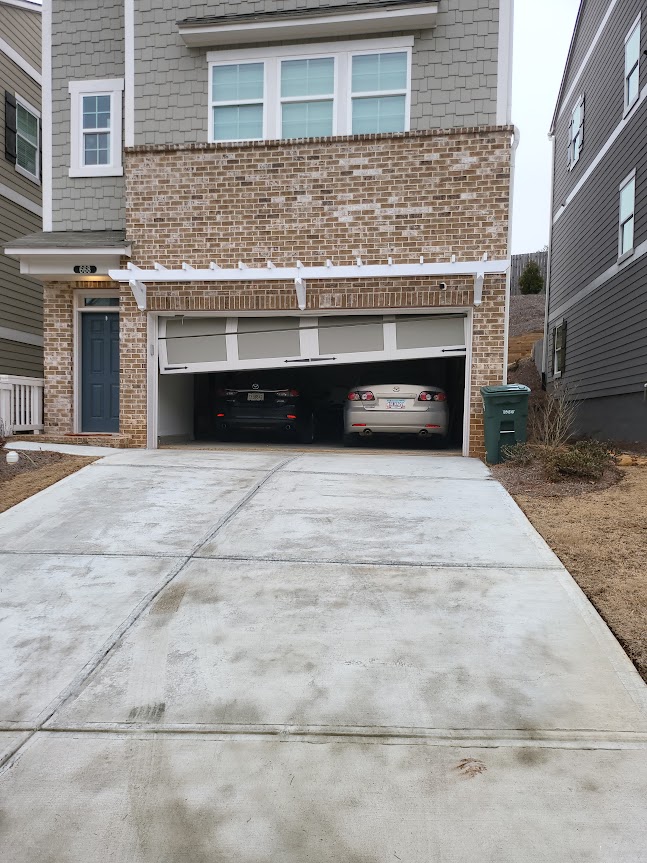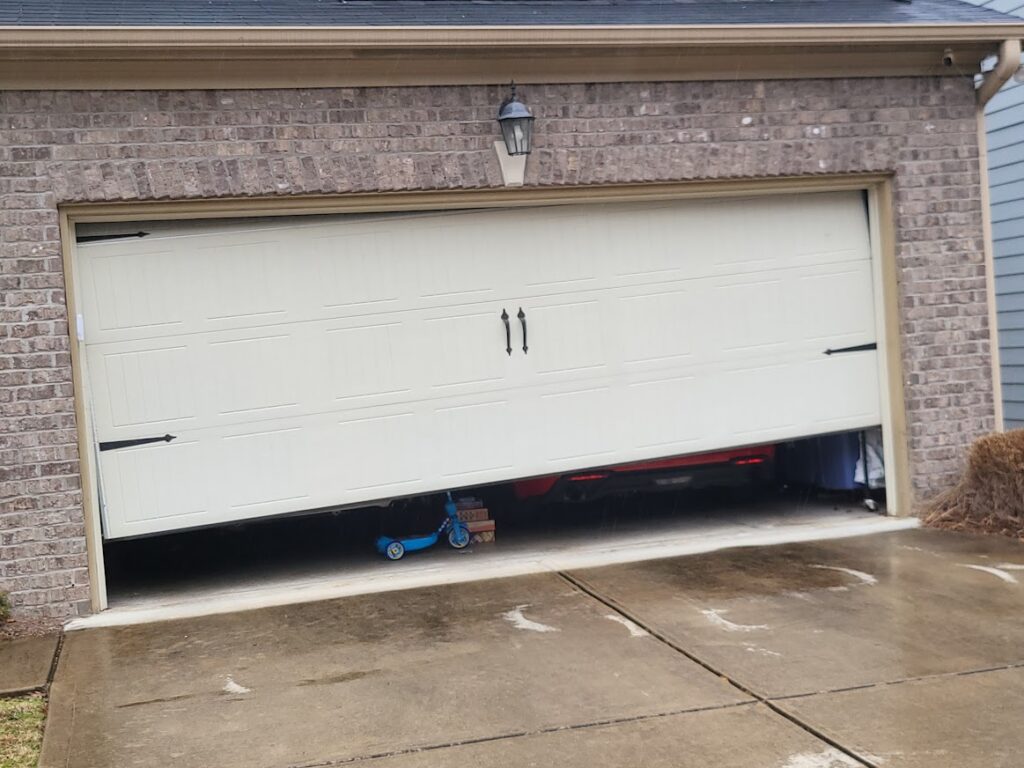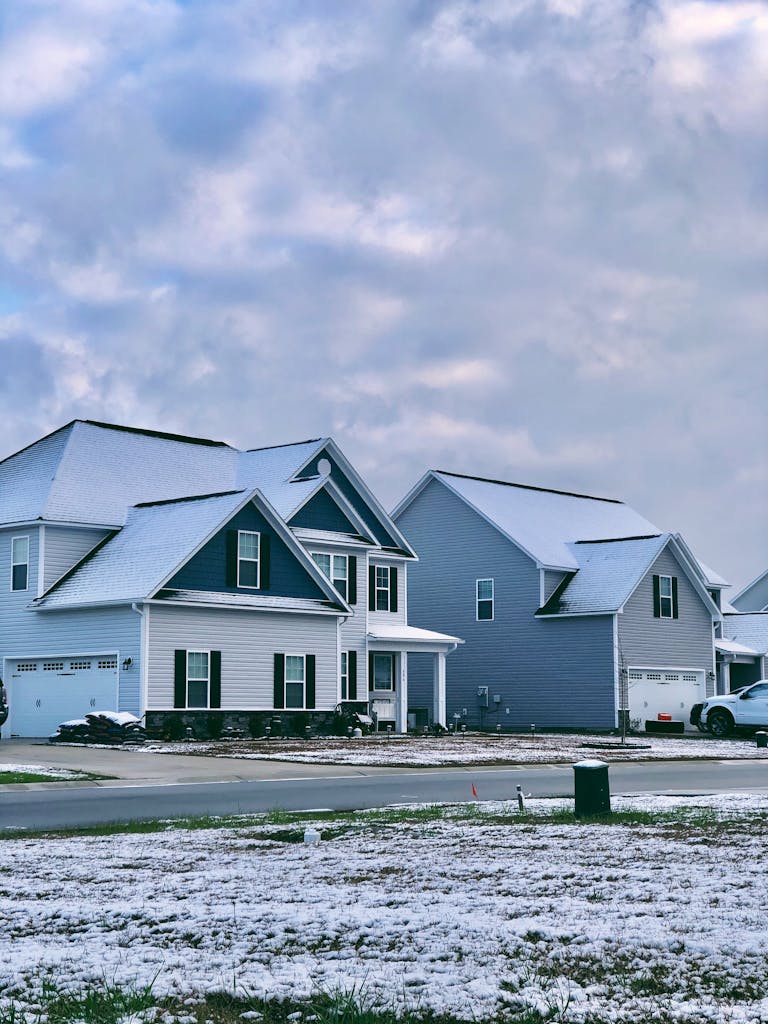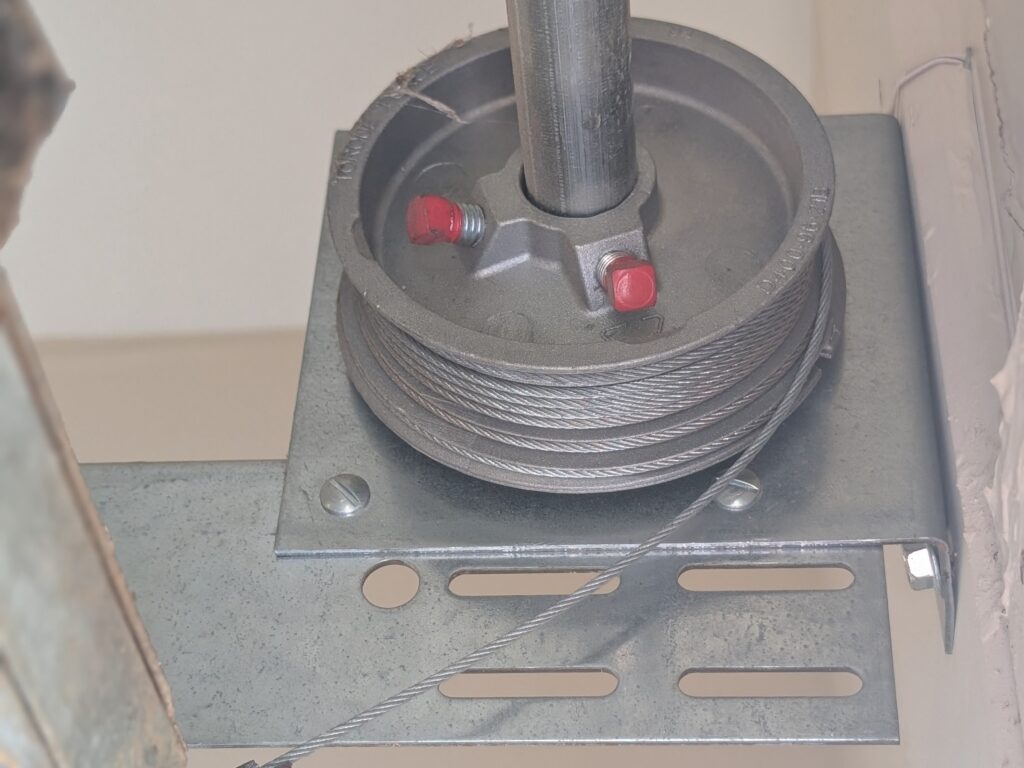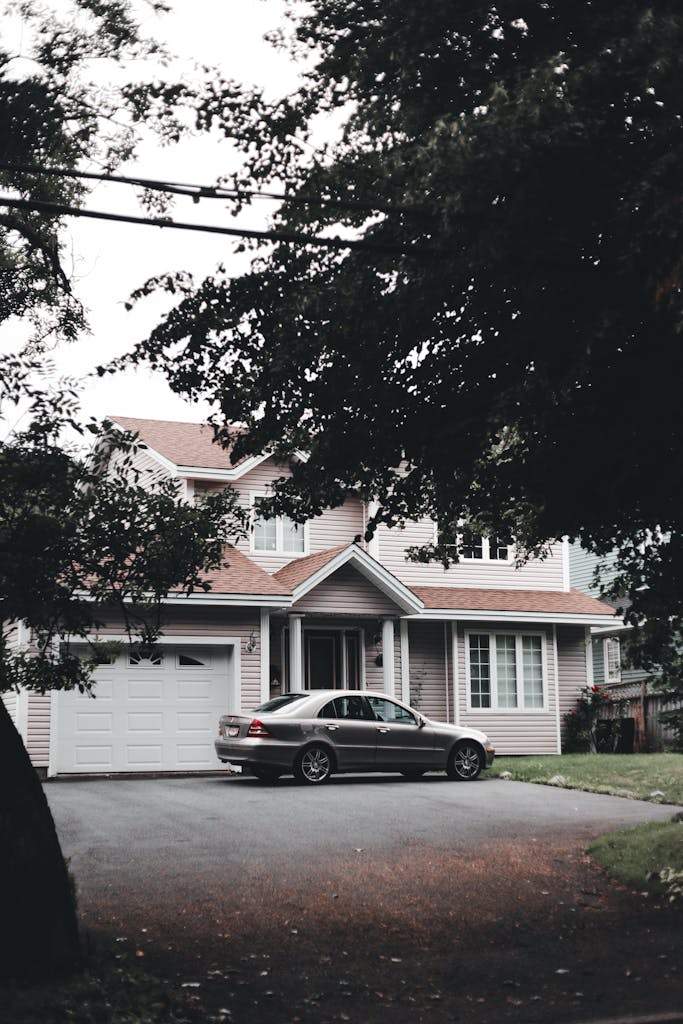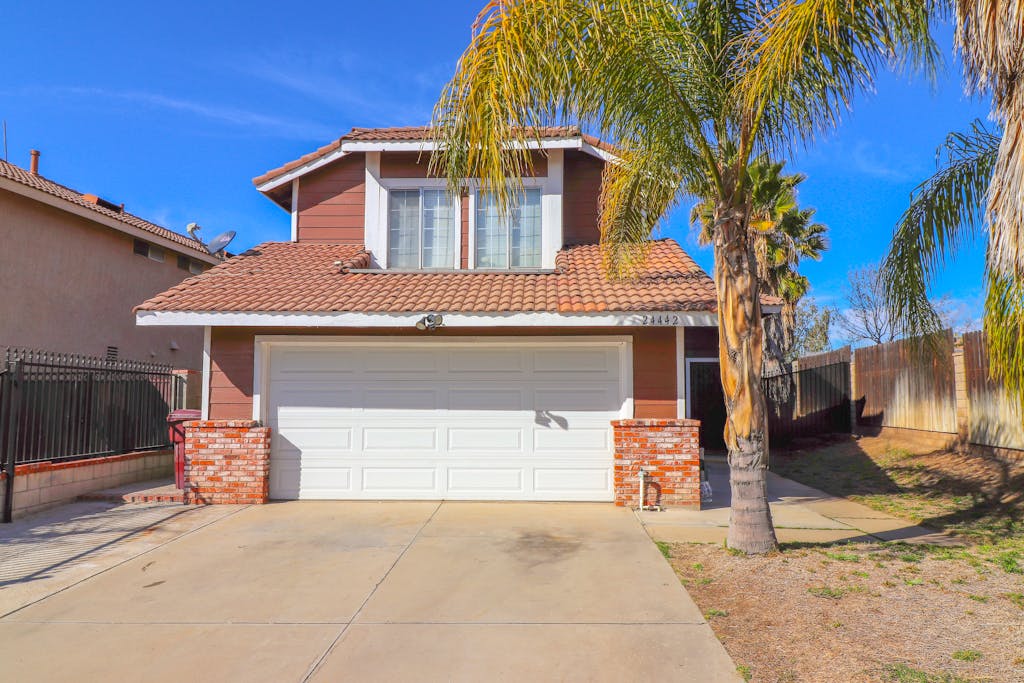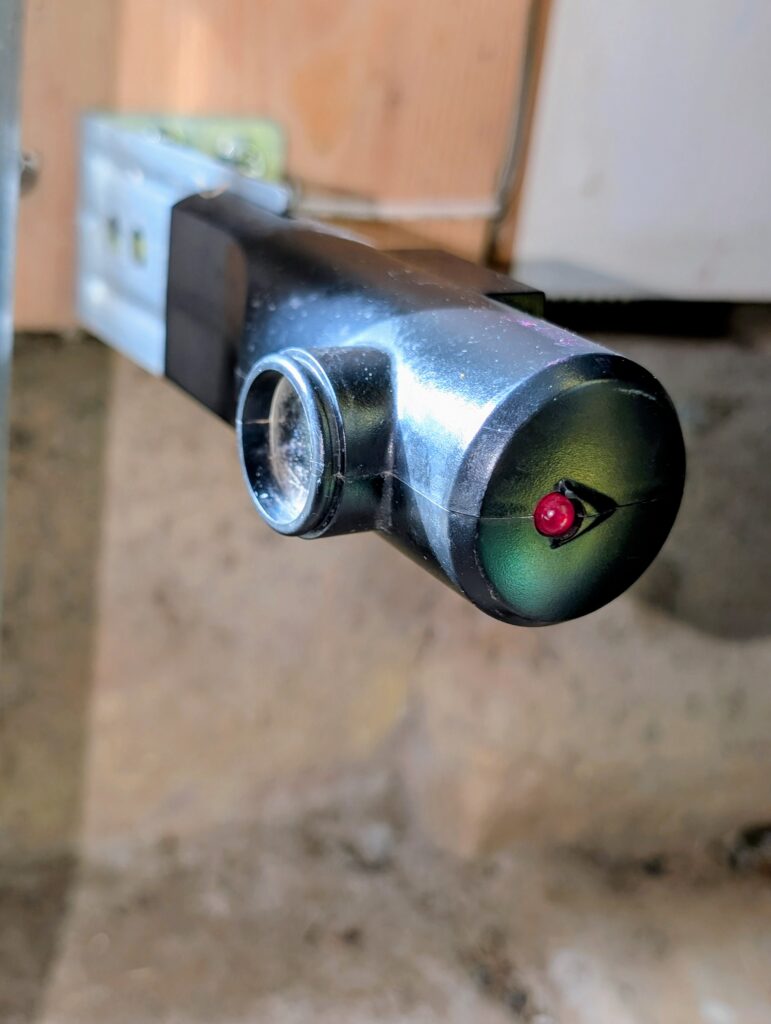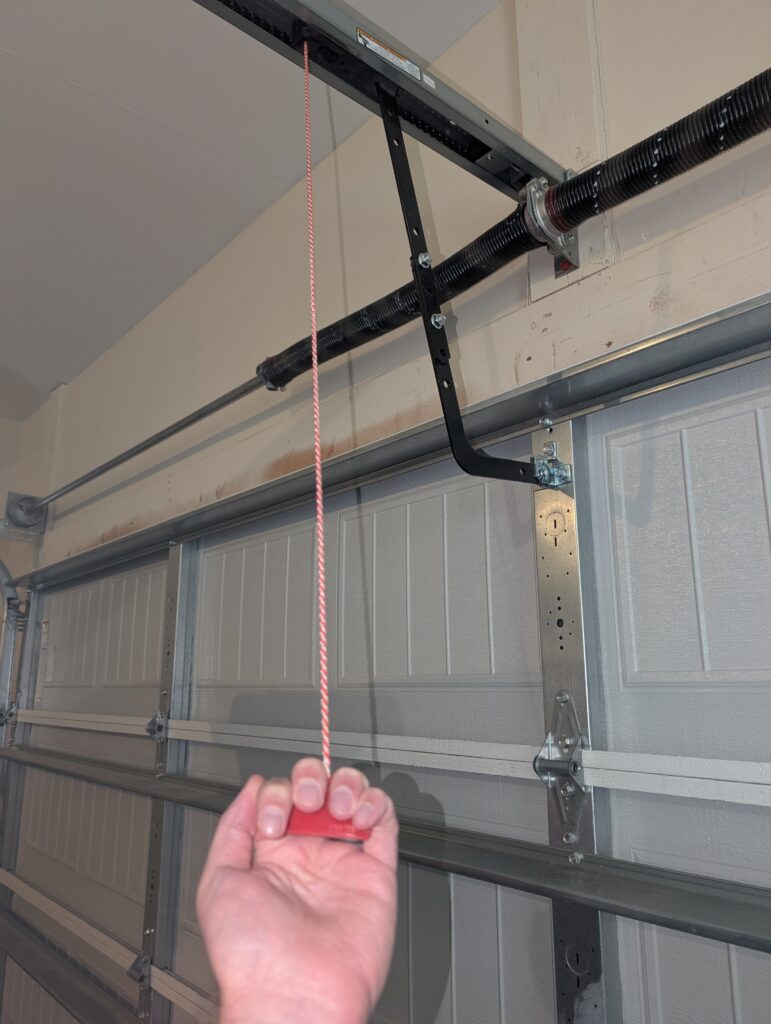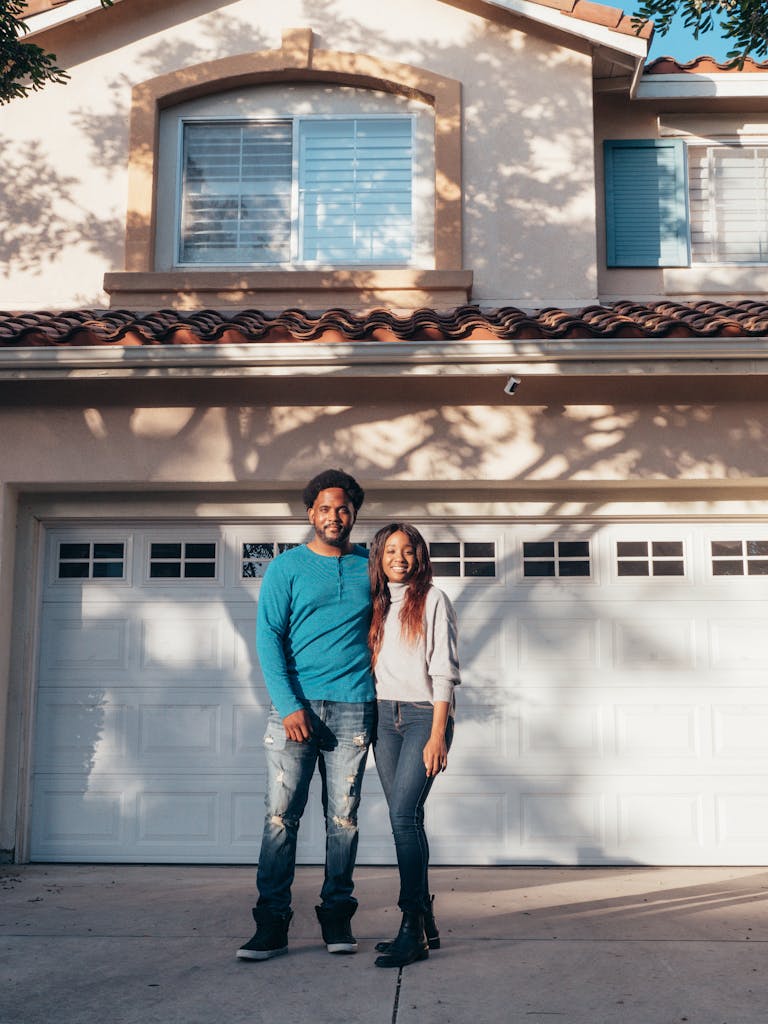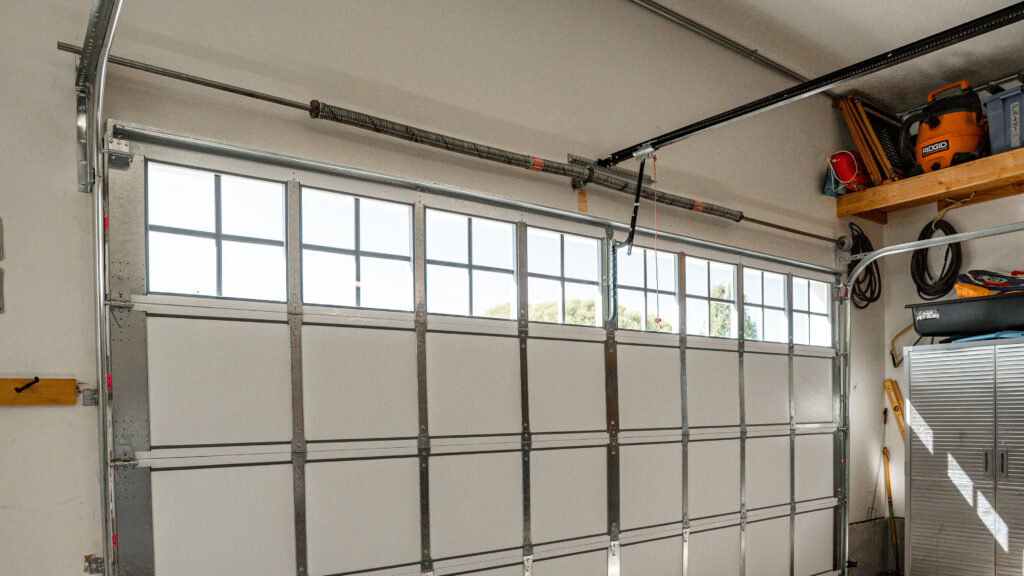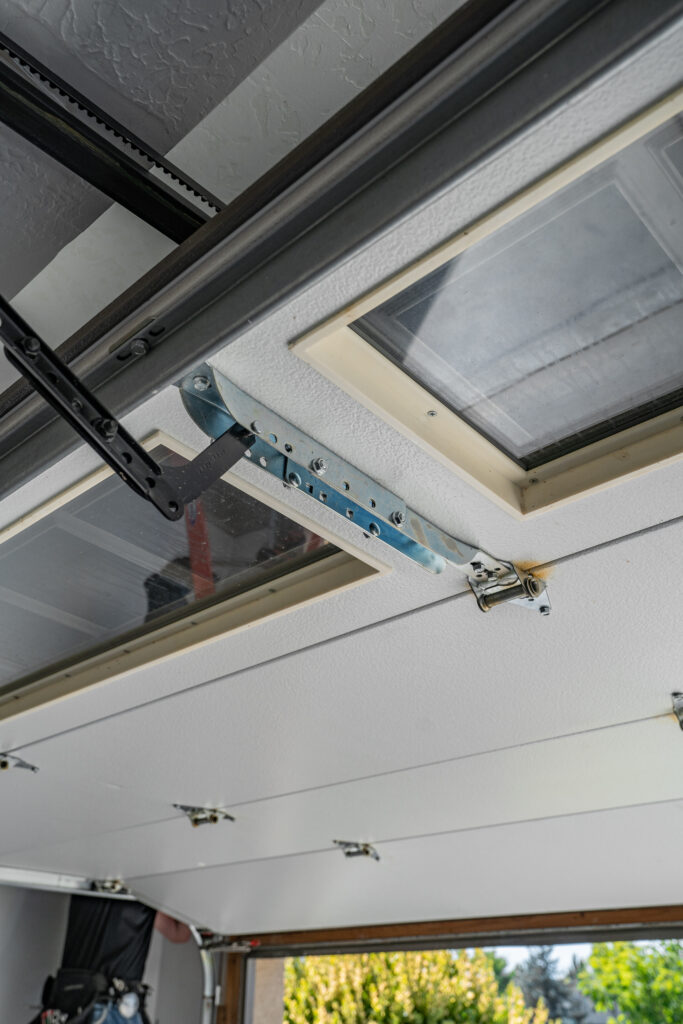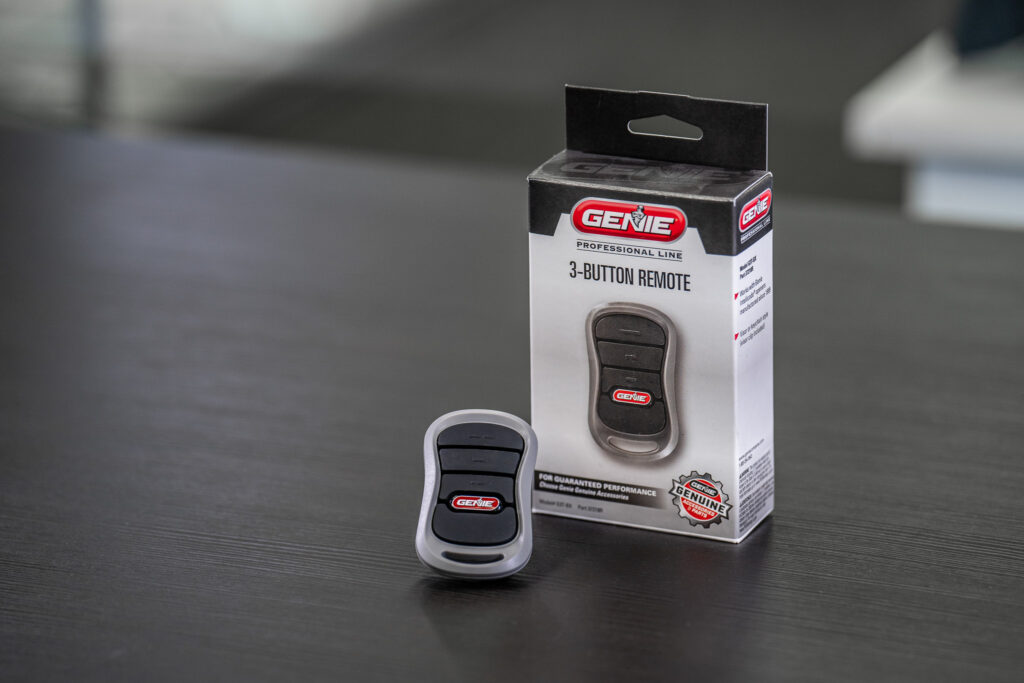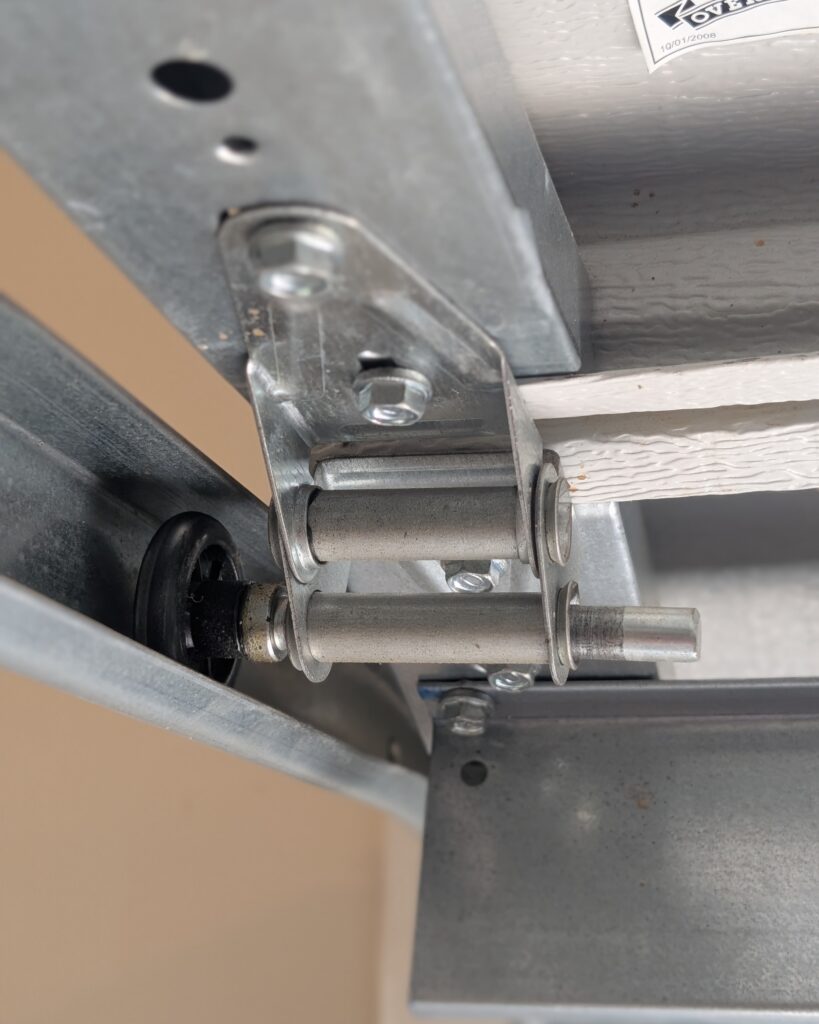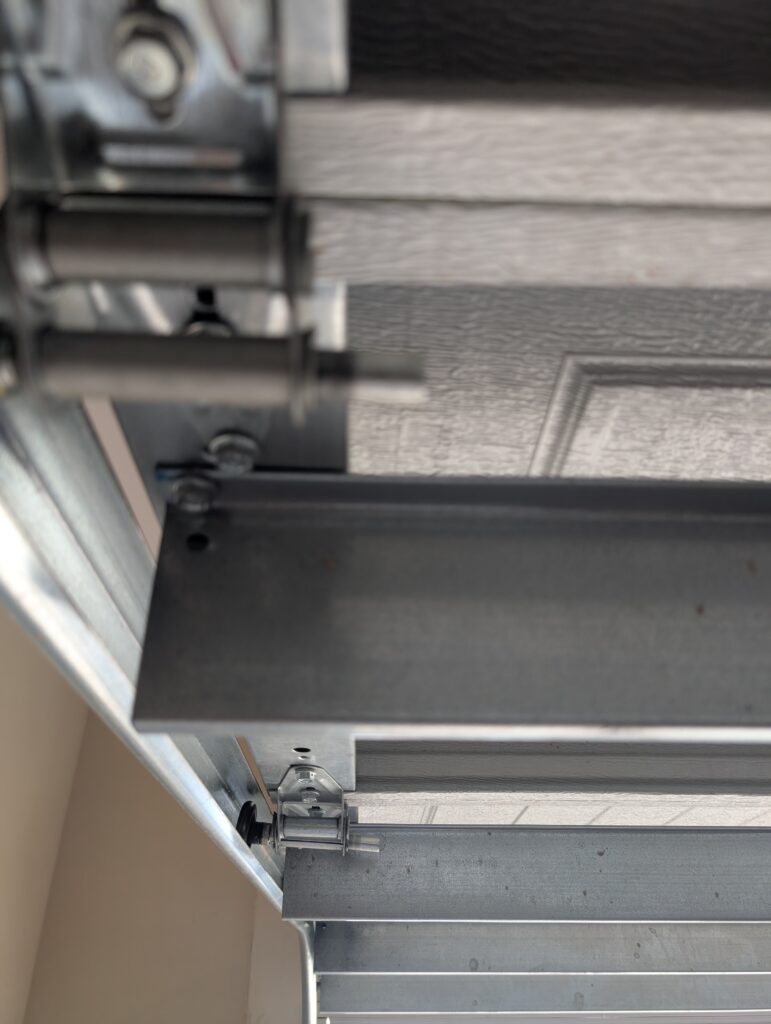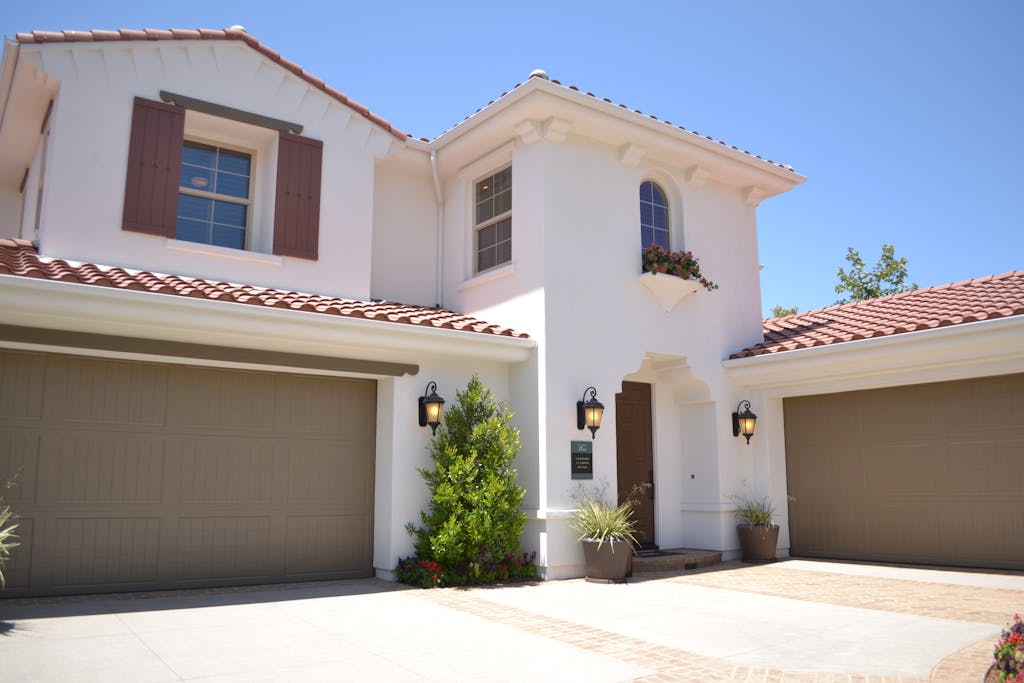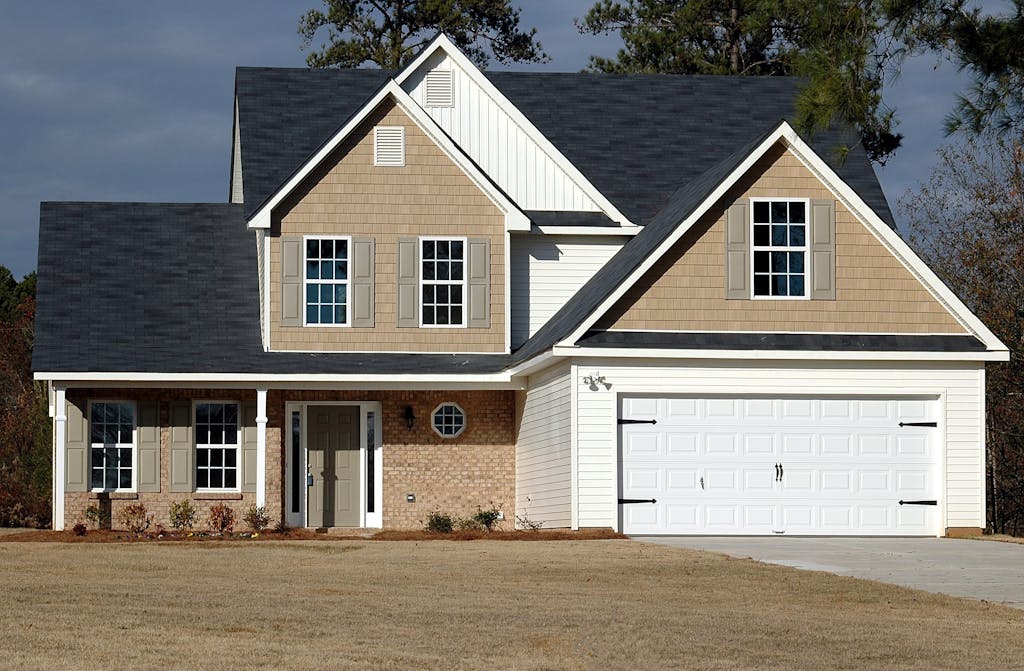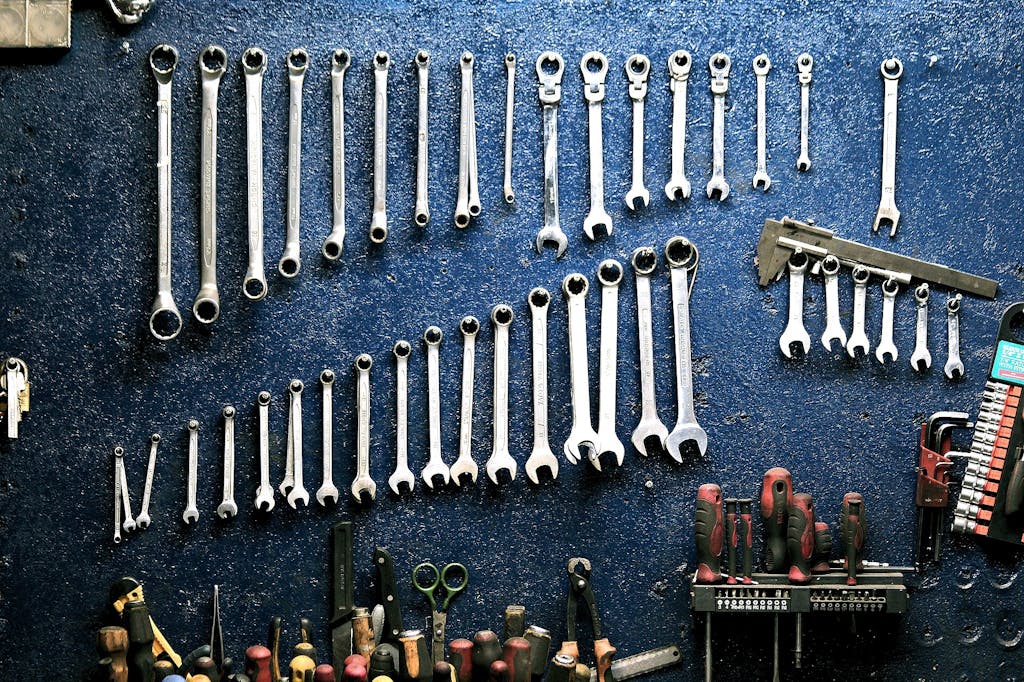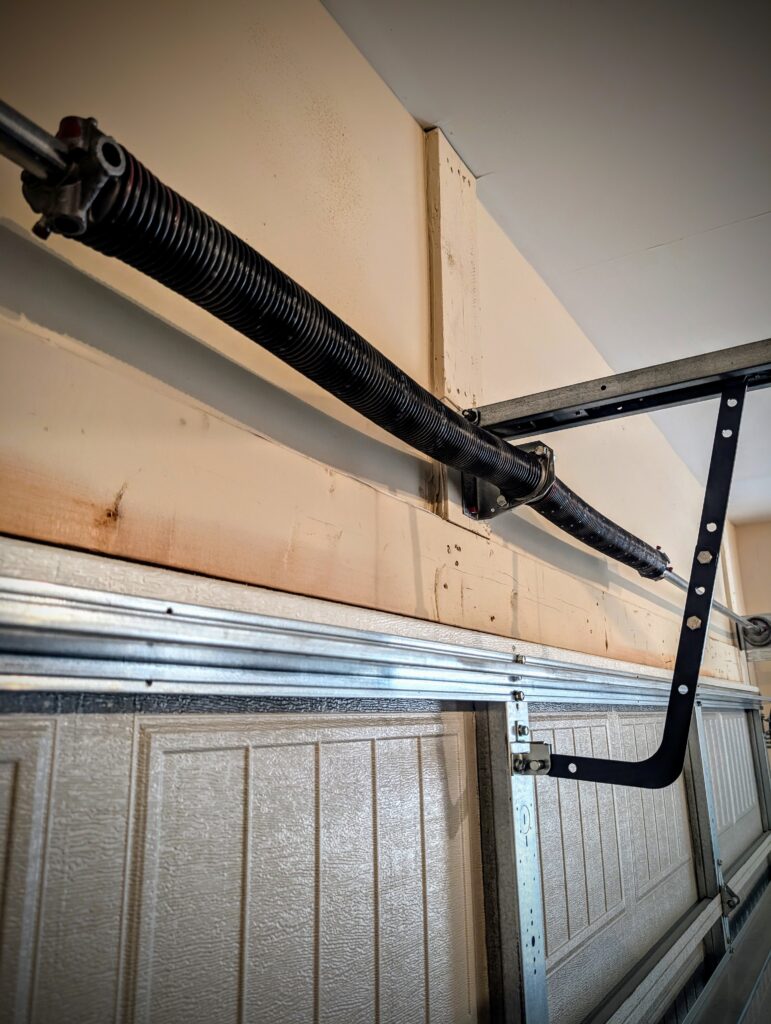Garage Door Panel Replacement and Cost
Garage door panel replacement is a viable option for homeowners dealing with localized damage to their sectional doors. This guide covers when panel replacement is appropriate versus a full door replacement, the process involved, cost considerations, and how to find matching panels. Learn about the signs of damage, DIY vs. professional replacement, and get answers to frequently asked questions about repairing your garage door.
By: Sean Donnelly | Published: April 7, 2025
Find Garage Door Repair Services
Get a fast & free quote | Schedule your service today
Sectional garage doors are the most common door type used for residential garages. They offer a space-saving design that allows for single damaged panels to be replaced if needed, and can be made of metal, vinyl or wood.
If you think you’ll need panel replacement, we recommend getting a consultation or quote from a top licensed garage door technician before proceeding further. Panel replacement requires removing your door from the tracks and springs, so professional attention to this is always recommended.
Understanding Garage Door Panel Construction
Residential garage doors are most commonly split into four panels extending horizontally between the tracks. These are held together by hinges along the seams between panels; in most cases, garage doors have hinges on each edge and one additional hinge in the middle. Panels fit together tongue-in-groove to seal out wind and the elements.
These large pieces are usually made from steel, aluminum or vinyl, with some wood or composite options available. Garage doors and their individual panels can last between 15 and 30 years, depending on the material used and the finish on the doors.
Metal doors with lighter coloring tend to last longer and have panels that are easier to replace. Wooden doors have finishes which wear more noticeably over time. This can make finding an exact match more difficult when replacing a single panel.
Types of Garage Door Panels and Their Replaceability
The easiest to replace and most common panel types are steel and aluminum. Metal four-panel double doors are most often chosen for residential use due to their durability and affordability. As an added benefit, it’s often easier to find metal replacement panels that match the finish on your current doors, or to simply repair any minor dents or damage.
Vinyl and wood panels often incur higher costs, since repairs are less likely to be a viable option. Metal panels have more give, so repairable dents are a more common DIY fix. Wood, wood composite and vinyl are durable, but are more likely to break than to bend under extreme stress.
Signs Your Garage Door Panel Needs Replacement
There are several visible signs to look for when considering garage door panel replacement. Dents, cracks, and thick noticeable rust are among the most obvious of these. Some dent repairs and rust removal are easy DIY fixes. However, cracks and obvious gaps between panels may mean it’s time to replace your doors.
Large dents can push a single panel or the entire door off-track and can add stress to the opening mechanism. Similarly, if your panels are bent or dented in a way that compromises the operation of your door hinges, we would always recommend replacement instead of repair.
Be sure to get a few professional quotes when opting for panel replacement. Conducting this task often involves taking your doors entirely off their tracks, which means that you’ll have to work around your garage door springs. This presents numerous safety issues, which makes professional assistance necessary.
Common Causes of Garage Door Panel Damage
The most obvious single cause of garage door panel damage is vehicle impacts. Simple misjudgments of distance when backing up or pulling into your driveway can lead to a sometimes-costly repair, depending on the severity of the damage.
Extreme weather can also cause pitting or dents in your garage doors. Hail or ice storms can damage door panels, along with many other areas of your home. You should also be aware of mechanical failures and their long-term impact. For example, a single failing spring can lead to an imbalanced door, which can warp or bend your panels over time.
When Panel Replacement Makes Sense vs. Full Door Replacement
A primary criteria for evaluating whether you’ll need to replace your entire door or a single panel is how localized or small your damage is. A dent in a single panel is often far different from multi-panel bending or a large amount of rust or corrosion buildup. Some times it makes more sense to find a cheap replacement door or invest a garage door upgrade. You may want to replace your door in the following cases:
- Your door is bent enough to make operation difficult
- Multiple panels are dented
- Panel damage has knocked the rollers out of balance
- Your hinges are also damaged
The “50% Rule” for Garage Door Repair Decisions
A general rule of thumb in the garage door repair industry is that, if your repair costs exceed 50% of the total cost of the door itself, you should replace the entire door. Most sectional garage doors are constructed of four individual panels. If more than one panel has severe damage that can’t be repaired, you should consider a full door replacement.
Finding the Right Replacement Panels for Your Garage Door
Most garage doors have clear brand and serial numbers on a label on the interior-facing side, toward the bottom. Finding this should help you to look up your door on a manufacturer’s website and purchase the appropriate OEM replacement panel.
Purchasing a manufacturer-made replacement panel will allow for a guaranteed fit with your existing door. You’re also far more likely to be able to purchase a panel that matches the exact finish and texture of your existing door if you go through your manufacturer.
Aftermarket parts can be cheaper, but you might not be able to fully match them to your doors without fully repainting or refinishing them.
The Garage Door Panel Replacement Process
If you’re considering replacing a garage door panel, we think it’s important to be informed of the process before deciding between professional and DIY replacement. You’ll need the following tools:
- Ladder
- Screwdriver set
- Vice grips
- Winding bars (for torsion springs only)
- Power drill and bit set
Replacing a garage door panel can take between two and three hours for most professionals. If you opt to attempt this yourself, you can expect to take four to five hours. Panel replacement breaks down into the following steps:
- Slightly raise garage door
- Secure garage door in place on the tracks using vice grips
- Release tension from the torsion or extension springs (torsion springs will require winding bars to manage tension)
- Detach spring from garage door
- Remove mounting brackets and hinges from the damaged panel
- Remove panel from the garage door tracks
- Replace with new panel and rollers in the tracks
- Lower garage door so all panels interlock
- Secure hinges and brackets to the new panel
- Re-attach springs to garage door
- Slowly re-engage tension of the spring
Professional vs. DIY Panel Replacement
Given the technical steps involved with releasing garage door spring tension, we recommend that you hire a licensed professional. Maintaining the proper tension on torsion springs is particularly difficult and potentially dangerous for the average DIYer. If your garage door is damaged enough to require panel replacement instead of a repair, hiring a pro is your best option.
Cost Factors for Garage Door Panel Replacement
Your total cost for panel replacement will depend on a few factors. Labor, panel material and additional hardware requirements are among the most prominent factors. According to Prolift Doors, labor often costs between $75 and $150 per hour. Replacement panels cost between $200 and $350 in many cases. However, some individual wood panels can cost $800 or more, depending on finish and wood type.
Hardware costs are usually minimal, unless full track replacement is required. New hinges cost $5 to $6 per unit, while a two-pack of nylon rollers costs between $8 and $9 at Home Depot.
Insurance Coverage for Garage Door Panel Damage
Your existing homeowner’s policy can cover some garage door repairs or panel replacements. However, whether this coverage can help you or not is fully dependent on the reason for the damage. Insurance will not cover intentional damage or normal wear and tear.
To pursue a claim through insurance, you’ll need photos of the damage, a repair estimate from a licensed professional and a description of the incident that caused your damage. Weather events and vandalism are among the most common causes. We encourage you to also consider what the deductible is on your current homeowner’s policy. If the deductible exceeds your repair estimate, paying out of pocket is the better option.
Common Questions About Garage Door Panel Replacement
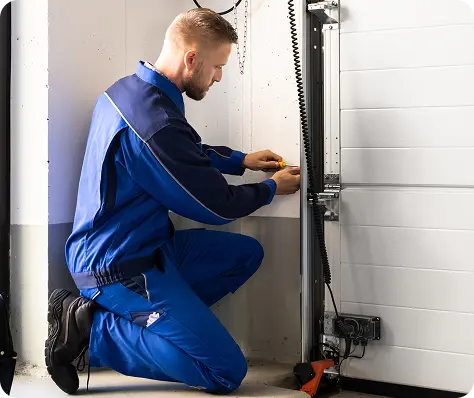
Get Your Free Quote and Schedule Your Garage Repair Today
Find top-rated companies for fast garage repairs and service to make sure your garage door system lasts. Get free quotes from garage door companies in your area.
Tips and Expert Advice for Your Garage
Stay informed with expert advice on garage door maintenance, garage door service, garage door replacement, and upgrades. Explore our blog for guides, troubleshooting tips, and more.

